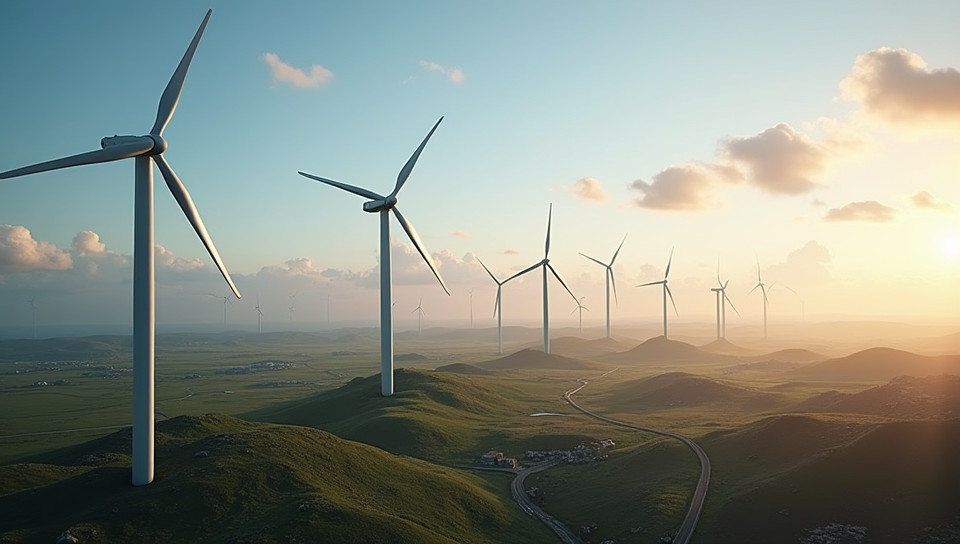Wind farms produce electricity across the entire globe 77%

Wind Power Revolutionizes Energy Production Globally
As we continue to grapple with the challenges of climate change and sustainable energy production, wind farms are emerging as a beacon of hope. These towering structures harness the power of wind to generate electricity, providing a clean and renewable source of energy that is transforming the way we think about energy production.
The Rise of Wind Farms
In recent years, wind farms have sprouted up across the globe, from the rolling hills of Europe to the vast expanses of Asia and the Americas. This rapid growth can be attributed to several factors:
- Increased investment in renewable energy infrastructure
- Advances in turbine technology leading to greater efficiency and reduced costs
- Government policies and incentives supporting the development of wind power
How Wind Farms Work
At its core, a wind farm is a collection of turbines that convert the kinetic energy of the wind into electrical power. The process works as follows:
- Turbine Blades: As wind passes through the turbine blades, it causes the blades to rotate.
- Shaft and Generator: The rotation of the blades is transferred to a shaft, which in turn spins a generator to produce electricity.
Global Wind Farm Production
Today, wind farms are producing electricity across the entire globe, with many countries investing heavily in this renewable energy source. Some of the top producers include:
- China: With over 200 GW of installed capacity, China is the world's largest producer of wind power.
- United States: The US has made significant strides in wind farm development, with states like Texas and Iowa leading the charge.
- Europe: European countries like Germany, Spain, and Denmark have long been at the forefront of wind energy production.
Conclusion
As the world continues to transition towards a more sustainable future, wind farms will play an increasingly important role in meeting our energy needs. With their clean and renewable source of power, they offer a beacon of hope for reducing our reliance on fossil fuels and mitigating the effects of climate change. As we look to the future, it is clear that wind farms will be a vital component of our global energy mix.
- Created by: Victoria Ramírez
- Created at: Aug. 17, 2024, 9:21 p.m.
- ID: 7568

